Hoist Manual for Lifting Weight 100kg to 250kg with Pulleys and Durable Rope for General Use
Item No.: 1207
The lever hoist is a high-quality tool designed to lift and lower heavy loads without the need for additional mechanical equipment. It offers flexibility to raise items in various positions, including horizontally. With a robust and durable construction, this hoist is ideal for lifting operations in various sectors.
Product Description
Safe Use of the Lever Hoist
- G80 Grade Lifting Chain
This lever hoist was designed with a focus on durability and safety, ensuring efficient lifting even in demanding environments.
Main Features:
- Light and durable design.
- Automatic brake system with double ratchet for safety.
- Low force required to lift the nominal load.
- Extra thick asbestos-free friction discs for smoother operation.
- Freewheel mechanism for quick chain adjustment.
- Forged alloy steel hooks are designed to stretch under overload, preventing sudden fractures. They are also equipped with integrated robust safety locks.
- Premium alloy steel lifting chain, standard 20Mn2 with black oxide coating (optional SAE 8620).
- Tested with 1.5 times the rated capacity.
- In compliance with EN13157, ASME B30.21, AS1418.2, and SANS 1636 standards.
Technical Specifications
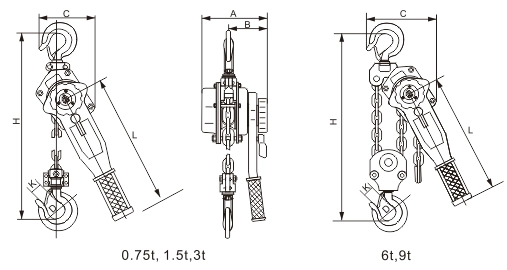
| Code | Capacity (t) | Standard Lifting Height (m) | Test Load (kN) | Force Required to Lift the Nominal Load (N) | Number of Extensions in the Uplift Chain | Lifting Current (mm) | Dimensions (mm) | Net Weight (kg) | Additional Weight per Meter (kg) | Product Code |
|---|---|---|---|---|---|---|---|---|---|---|
| LHH075 | 0,75 | 1,5 | 11,0 | 140 | 1 | 6×18 | A: 148, B: 88, C: 135, D: 37 | 6,8 | 0,8 | 120700750 |
| LHH150 | 1,5 | 1,5 | 22,1 | 240 | 1 | 8×24 | A: 176, B: 102, C: 162, D: 45 | 11,8 | 1,4 | 120701500 |
| LHH300 | 3 | 1,5 | 44,1 | 320 | 1 | 10×30 | A: 195, B: 109, C: 211, D: 50 | 18 | 2,2 | 120703000 |
| LHH600 | 6 | 1,5 | 88,2 | 340 | 2 | 10×30 | A: 195, B: 109, C: 254, D: 64 | 29 | 4,3 | 120706000 |
| LHH900 | 9 | 1,5 | 132,3 | 360 | 3 | 10×30 | A: 195, B: 109, C: 319, D: 85 | 40,5 | 6,5 | 120709000 |
Safe Use of the Chain Lever Hoist
H-Lift Lever Hoist (also known as Lever Winch or Chain Hoist)
One lever stroke, also known as lever winch ou lever stroke, is a mechanical lifting tool used to lift and move heavy objects. Lever hoists are an ideal solution when manual lifting is required and electric or hydraulic hoists are not convenient.
Lever hoists are operated using a lever that controls a ratchet and pawl mechanism. This mechanism allows for precise and controlled lifting and lowering of loads. The lever is connected to a chain or steel cable that is wound on a drum inside the hoist. By pulling the lever, the ratchet and pawl engage, causing the drum to rotate and thus lift or lower the chain or steel cable.
Lever hoists are widely used in various industries, such as construction, manufacturing, and mining, where it is necessary to safely lift and transport heavy objects. These hoists are designed to be compact, durable, and easy to use, and can be operated by a single person. They come in various sizes and lifting capacities, so it is essential to select the correct hoist based on the load weight.
How to use a lever hoist?
After the top hook and the load are secure, you can follow these steps:
- Lifting the load: Move the control lever to the lift position (↑) and operate the lever up and down to raise the load.
- Lowering the load: Move the control lever to the lowering position (↓) and move the lever up and down to lower the load.
- Adjusting the chain length: Move the control lever to the neutral position (middle position). This allows the chain to move freely in both directions, making it easier to adjust the lower hook to the desired position.
To suspend a lever chain hoist, attach the upper hook to a shackle, beam clamp, I-beam trolley, or any other secure support. To secure the load, the lower hook can be attached directly to the load if there is a suitable connection point on the load, or by using a lifting sling with shackles. When the hoist is used for pulling or tensioning, both hooks (upper and lower) must be firmly secured.

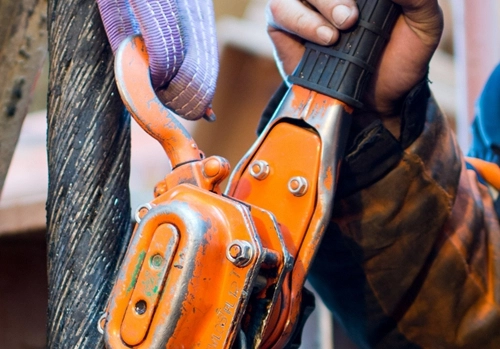
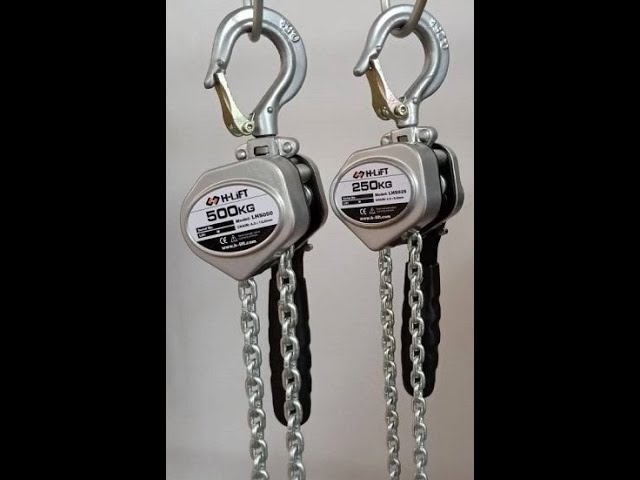
Tirfor Safety and Operation Guide
Always follow these operational practices:
- Store and handle the tirfor correctly.
- Inspect the tirfor and its accessories before use and during storage.
- Make sure any sling or support accessory is properly positioned at the base of the hook, avoiding lateral force on the tip of the hook.
- Check the brake operation to ensure it is working properly.
- Check if the lower hook reaches the lowest point without the chain touching the stopper.
- Follow the safety rules for the use of slings and always observe the manufacturer's instructions for the use of the equipment.
No:
- Expose the tirfor to chemicals, especially acids, unless you have consulted the supplier.
- Replace the charging cable with a longer one without the supplier's approval.
- Force or pull by extending the strap or applying excessive force.
- Play, drop, or drag the tirfor.
- Allow oil or grease to contaminate the brake.
- Do not expose the tirfor to rain, steam, or other adverse weather conditions without first consulting the supplier.
Selecting the Appropriate Tirfor
Tirfors are available in various capacities and with link chains or roller chains. To select the appropriate tirfor, consider:
- The type of chain (link or roller).
- The capacity and lifting range of the tirfor.
- The tirfors can be used in any position and are suitable for lifting and pulling applications.
If you intend to use the tirfor in high-risk environments, exposed to sun, water, steam, hazardous substances (such as acids or chemicals), or extreme temperatures, consult the supplier.
Storage and Handling of the Tirfor
- Never store a damaged tirfor.
- Store the tirfor in a dry and clean area, protected from corrosion.
- Hang the tirfor by the suspension hook, keeping the chain suspended, without touching the ground.
- Avoid dropping, throwing, or dragging the tirfor on the floor.
- Do not galvanize or perform any other surface finishing process on load-bearing components, including the chain, without prior approval from the supplier.
Installation and Commissioning
- Follow the manufacturer's installation instructions and the general guidelines of this document.
- Test the tirfor to ensure it is working properly and that the brake is effective.
- Make sure the chain is not twisted and moves freely.
- Confirm that the lower hook reaches the lowest required position without the chain being pulled to the end of the limiter.
Using the Tirfor Safely
- Only perform the lifting if you have full knowledge of the use of the equipment and the load securing techniques (slings).
- Never use a tirfor or defective accessories.
- Always check if the sling setup is secure and if the tirfor is installed correctly. Never use the load chain as a sling.
- Before starting to lift, make sure the load is free to move and the landing area is properly prepared.
- Load the cargo just enough to lift it off the ground and stop to check the tirfor, the sling, and the load.
- Never extend the operating handle (for example, with a pipe) to force the tirfor to work.
- Prevent the load from swinging uncontrollably.
- When lowering a load, keep your hands, feet, and other body parts away.
Inspection and Maintenance in Use
- Follow the supplier's maintenance instructions, in particular, keep the load chain lubricated and free of debris.
- Check the brake operation regularly; the brake must be free of oil, grease, or other contaminants.
- Do not replace the load chain with a longer one without consulting the supplier first.
- Regularly inspect the tirfor. If you detect any of the following defects, take it out of operation and send it for a complete inspection by a qualified professional:
- Wear
- Damage to hooks or accessories
- Loose, deformed, or damaged travel limiters
- Worn, bent, marked, cracked, corroded, or distorted chain
- Load slipping or not lifting
- Damage to the tirfor casing
- Folded or cracked operating handle
- Illegible markings
Grade 80 Load Chain
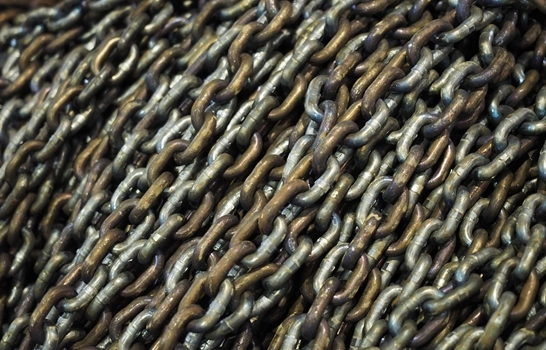
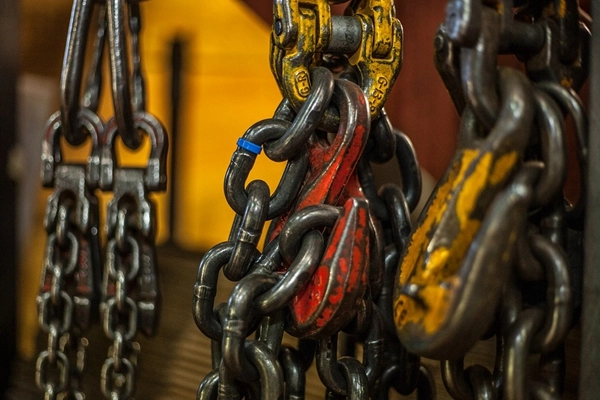
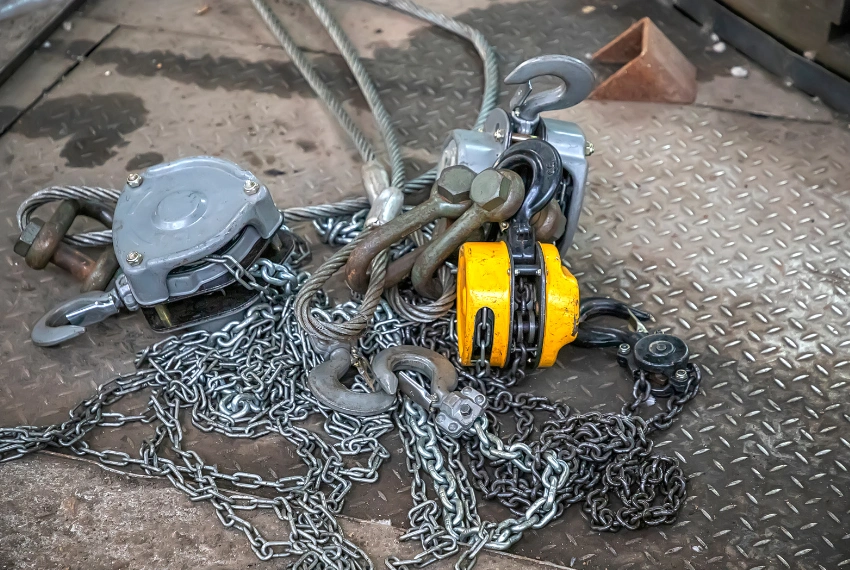
The Grade 80 load chain is a short link chain, specifically designed for load lifting, and complies with the EN 818-7 standard.
Precision Tolerance Lifting Chains Grade T (Type T)
These manual or electric (low speed) hoists are designed for use in environments without abrasive conditions. Grade 80 load chain is commonly used in chain hoists and lifting applications due to its high strength and durability. This alloy steel chain is specifically designed to withstand heavy loads in various material handling and lifting tasks.
Chains should never be used when immersed in acidic solutions or exposed to acidic vapors. To ensure smooth operation, the chain must pass through the sprocket without twists. To extend its lifespan, it is recommended to lubricate the chain, especially in the contact areas between the links. It is essential to keep the chain clean, preventing dirt or sand from obstructing its movement.
Grade 80 Load Chain for Chain Hoists and Lever Hoists (EN818-7)
Finish: Black or galvanized oxide.
| No. Item | Dimension (mm) | Step (mm) | Minimum Internal Width (mm) | Maximum External Width (mm) | Length Corresponding to 11 Steps (mm) | WLL (kN) | Test Force (kN) | Minimum Breaking Load (kN) | Mass (kg/m) | Product Code |
|---|---|---|---|---|---|---|---|---|---|---|
| G8H0412 | 4 | 12 | 4.8 | 13.6 | 132 | 0.5 | 12.6 | 20.1 | 0.35 | 501020412 |
| G8H0515 | 5 | 15 | 6.0 | 17.0 | 165 | 0.8 | 19.6 | 31.4 | 0.55 | 501020515 |
| G8H0618 | 6 | 18 | 7.2 | 20.4 | 198 | 1.1 | 28.3 | 45.2 | 0.78 | 501020618 |
| G8H0721 | 7 | 21 | 8.4 | 23.8 | 231 | 1.5 | 38.5 | 61.6 | 1.06 | 501020721 |
| G8H0824 | 8 | 24 | 9.6 | 27.2 | 264 | 2 | 50.3 | 80.4 | 1.38 | 501020824 |
| G8H0927 | 9 | 27 | 10.8 | 30.6 | 297 | 2.5 | 63.6 | 102 | 1.78 | 501020927 |
| G8H1030 | 10 | 30 | 12.0 | 34.0 | 330 | 3.2 | 78.5 | 126 | 2.2 | 501021030 |

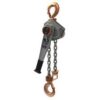
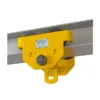
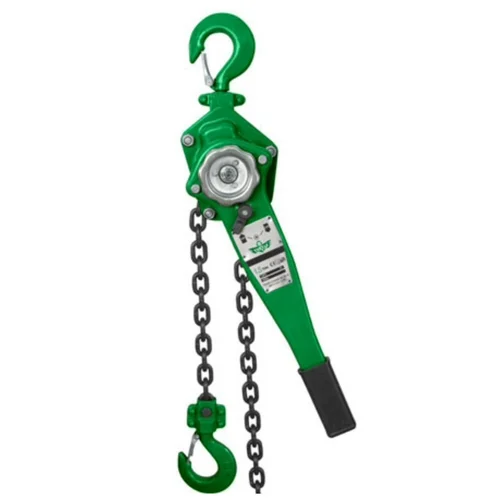
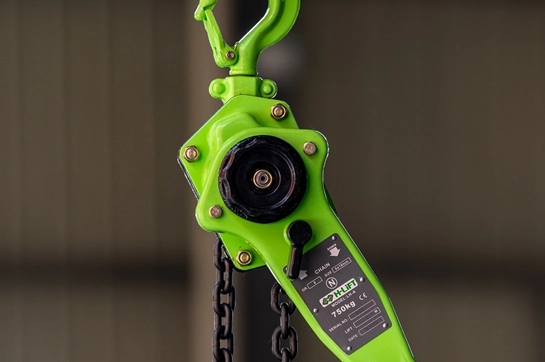
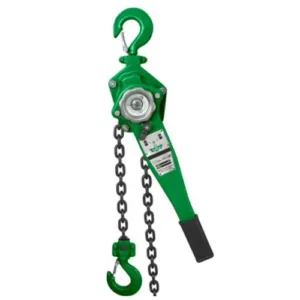
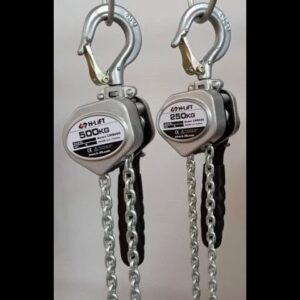
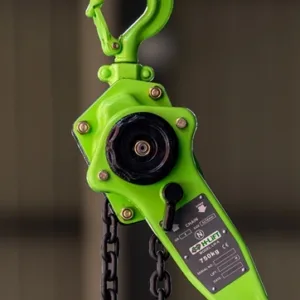
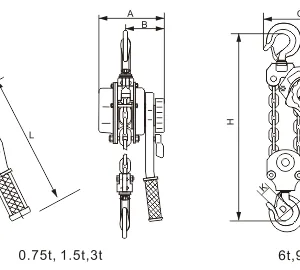
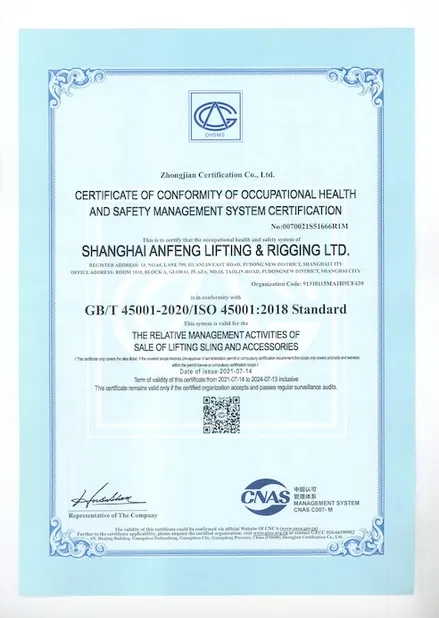
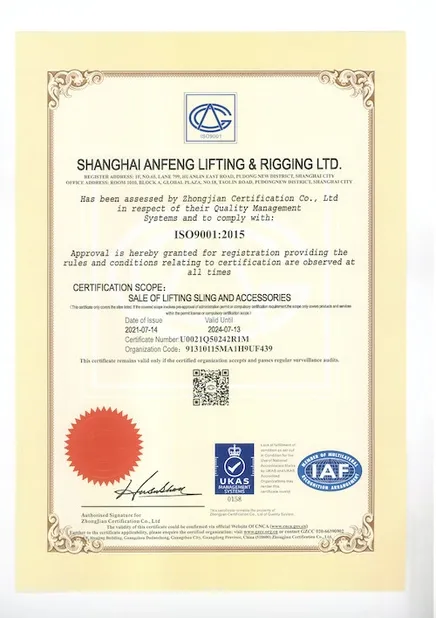
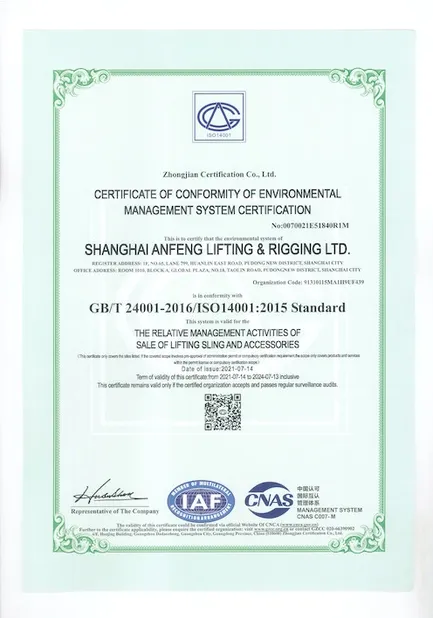
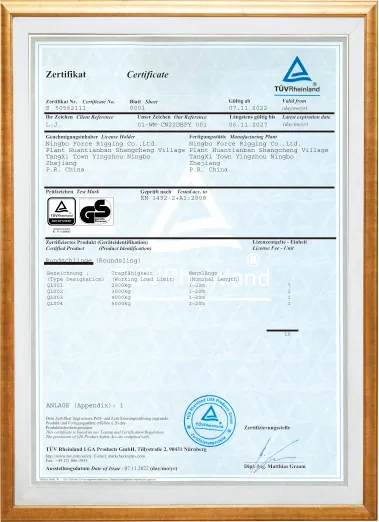
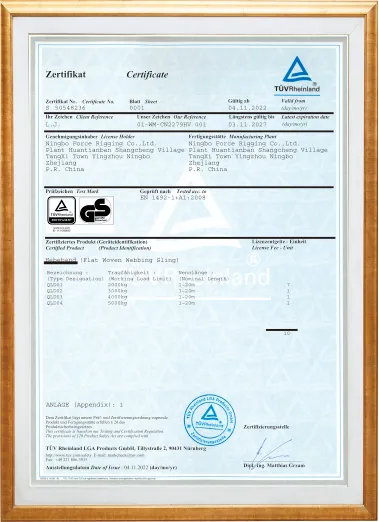
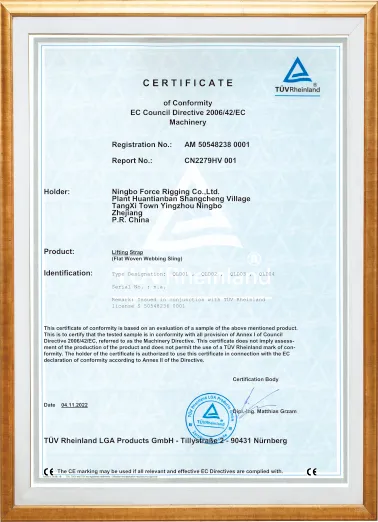
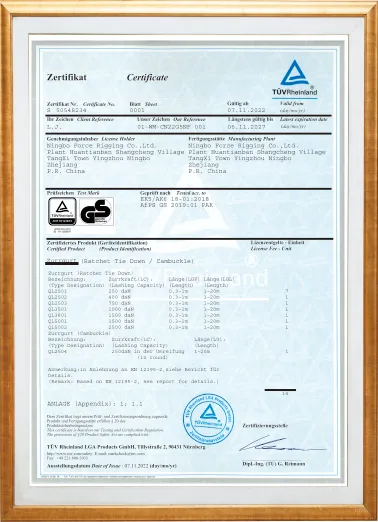
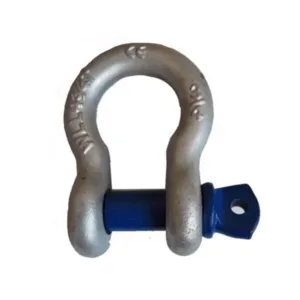
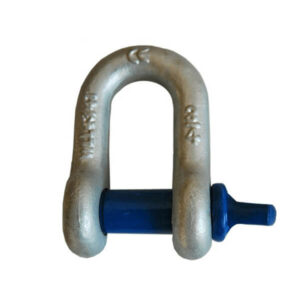
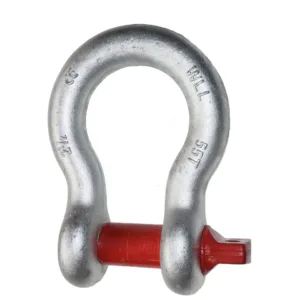
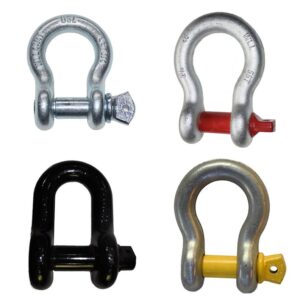
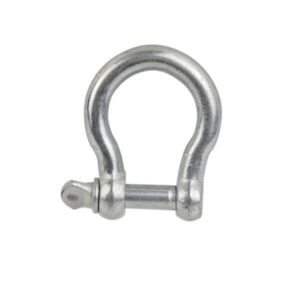
Reviews
There are no reviews yet.